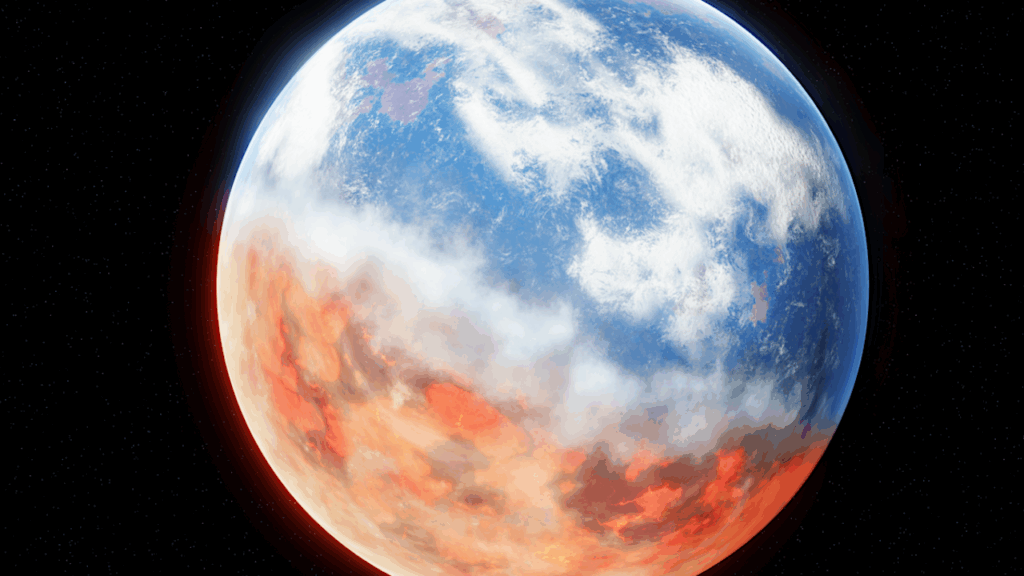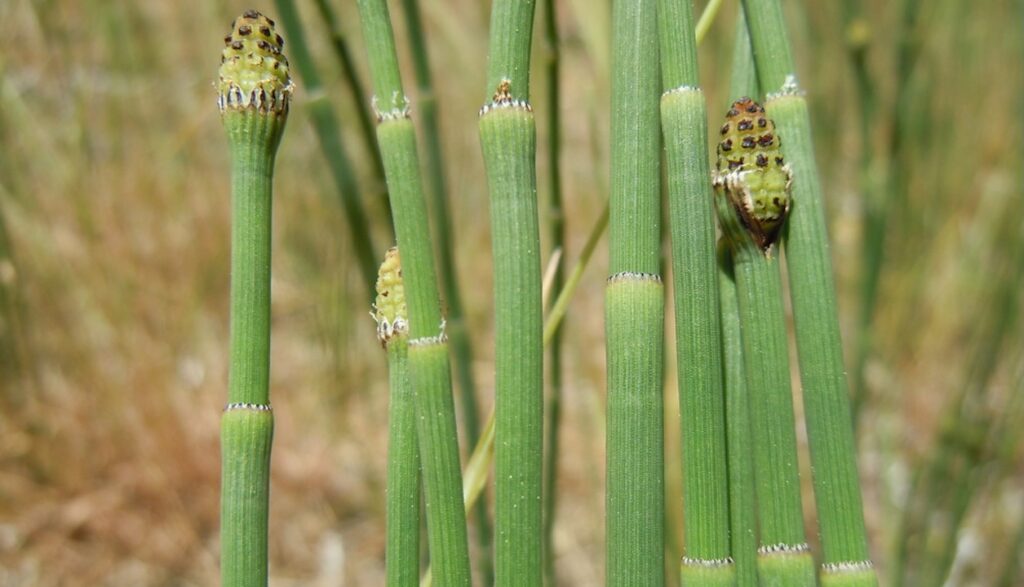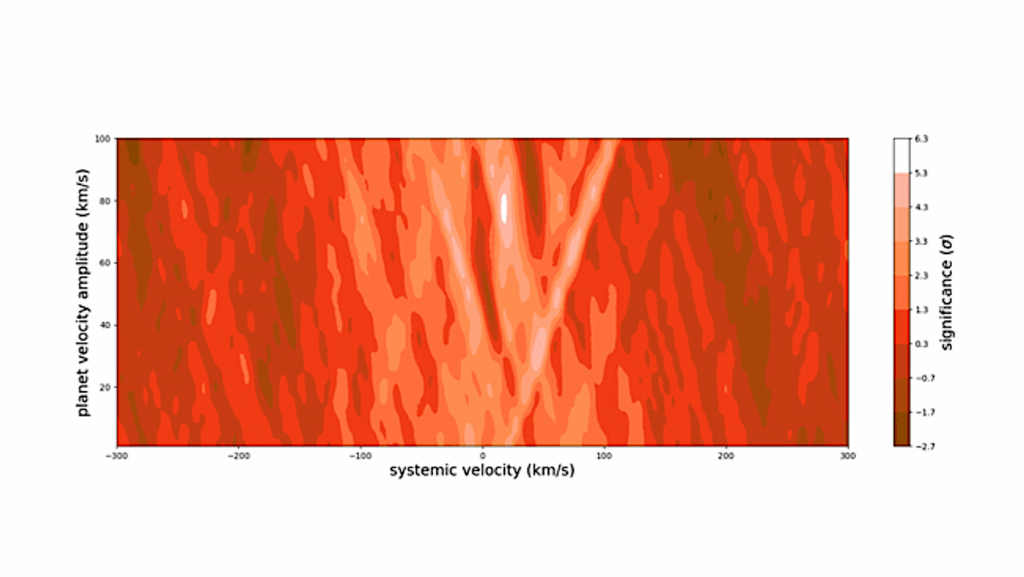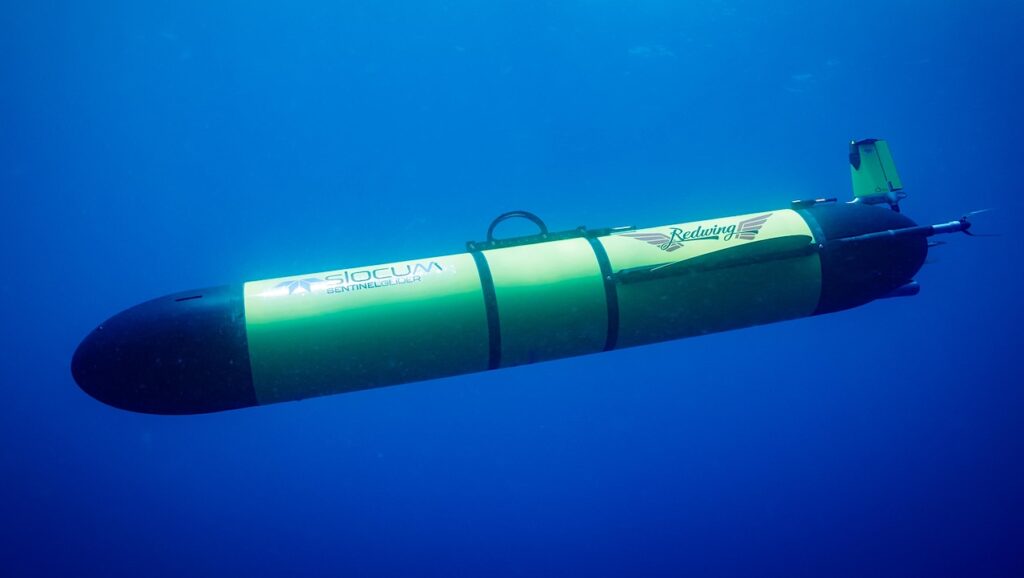Oxygen Does Not Necessarily Lead to Evolution of Advanced Life

Any textbook will tell you that oxygen is essential for advanced life to evolve. But why did life not explode when oxygen levels rose dramatically 2.1 billion years ago? This is the big question after a Danish/Swedish/French research team, led by University of Southern Denmark, has shown that the oxygen content 2.1 billion years ago was probably the same as when life exploded 500 million years ago.
Oxygen and advanced life are inextricably linked. Some simple organisms like bacteria can survive without oxygen, but all higher organisms need oxygen and the Earth’s biology would probably be a poor sight, if the atmosphere did not contain the 21 pct. oxygen, which is essential for eg the human brain to function.
The development of life exploded around 542 million years ago during the so-called Cambrian explosion, where oxygen levels rose to up to 10 pct. Before that life consisted of small and simple, typically single-celled life forms, and science has long thought that there was not enough oxygen for it to evolve into something bigger.
But now a Danish/Swedish/French research team shows that there was actually plenty of oxygen long before the Cambrian explosion. The team consists of professor Donald Canfield and postdoc Emma Hammarlund from the Nordic Center for Earth Evolution (NordCEE) at University of Southern Denmark, colleagues from the National Museum in Sweden and colleagues from the following French institutions: Universite de Poitiers, the Centre National de la Recherche Scientifique, Institut Francais de la Recherche pour l’ Exploitation de la Mer, Centre de Brest and the Universite de Rennes in France.
“We have examined rocks that are 2.15 billion – 2.08 billion years old. They show us that there was oxygen in deep water and thus also in the atmosphere at that time. We cannot say exactly how much, but there was probably ample oxygen and also ample time to permit advanced life to evolve”, says Emma Hammarlund.
The same research team has previously demonstrated the existence of some strange fossils from the same place. The researchers interpret these fossils as a way of life that tried to evolve into a multicellular life form.
“It was not a life form that in any way is comparable to large life as we know it today. It was rather microbes that experimented with a way to evolve into some form of multicellular existence. It had enough oxygen for the experiment, but its destiny is unknows”, she says.
One explanation may be that most traces of advanced, 2 billion year-old life is gone. If the life forms did not develop bones or shells, they would not easily be fossilized and found today.
“Currently we consider it more likely that any great evolution just did not occur then. But why not, since there was plenty of oxygen?”, speculates Emma Hammarlund, and tries to answer:
“Perhaps the problem was with the genetics of the life forms. Or maybe the organisms did not try to eat each other, so an evolutionary race could get started. There are several options, but we just do not know enough about it yet”.
The new discovery that there was plenty of oxygen in the atmosphere 2 billion years ago also contributes to a new understanding of the Earth’s development. It shows that the content of atmospheric oxygen has taken several ups and downs. 250 – 300 million years ago oxygen content rose to up to 25 pct., and this led to the development of some enormous insects. But everything was not all good: The high oxygen content simply increased the chance for trees to ignite, so it was also a period of many wildfires. This has been revealed by layers of ash from that time.
Emma Hammarlund sees no risk that oxygen levels may one day become as low as it was in the Earth’s oxygen-free periods.
“Not even if we let all organic material rot at the same time would the decay process use all the atmospheric oxygen. Most of it would still remain. Perhaps some large external disaster could remove all the oxygen from Earth’s atmosphere, but I cannot see what that could be”, she says.
Carbon-containing microorganisms began to sink to the bottom of the oceans, where they created carbon-rich rocks. This allowed the carbon to be stored in the seabed instead of being released into the air, and thus less oxygen was needed to react with carbon. The result was that the concentrations of oxygen could be increased. The increased oxygen levels could now attack the rocks on land and in the process release nutrients such as phosphor and iron that ended up in the oceans as nutrients for microorganisms. This led to the formation of even more microorganisms that ended their lives on the ocean floor – and so the process could start again.
After a while sediment stored carbon became released to the air again, and then there was a sudden need for a lot of oxygen to react with the released carbon. Such ups and downs in oxygen contents have always taken place on Earth. However, we shall not expect any dramatic fluctuations in the future, assures Emma Hammarlund. Today there is so much of the planet’s carbon stored in underground rocks that cannot be released and react with oxygen. Only a gigantic disaster, for example if another planet crashed into Earth, could release this hard-bound carbon.
Photo: These fossils are approx. 2 billion years old and according to Emma Hammarlund they represent some very early life forms, that maybe tried to evolve into some kind of multicellular organism, but didn’t suceed. Photo: Abder El Albani.
Contact: Emma Hammarlund.
Ref: Oxygen dynamics in the aftermath of the Great Oxidation of Earth’s atmosphere. doi: 10.1073/pnas.1315570110. PNAS September 30, 2013








